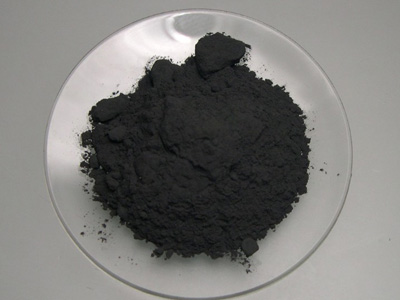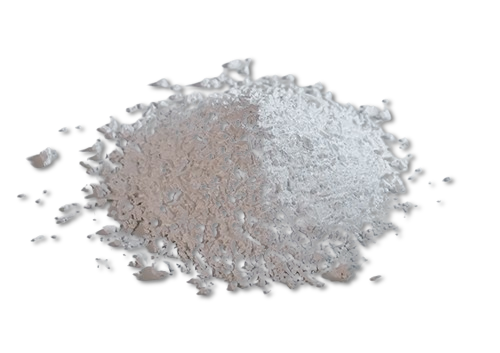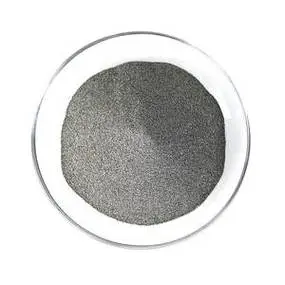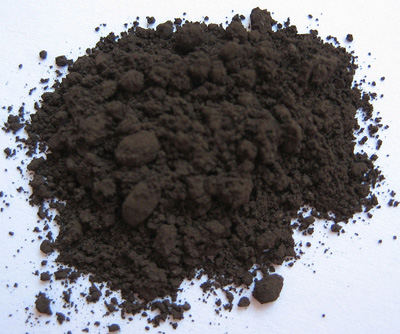
Rare earth permanent magnet material is a kind of magnetic material which is composed of samarium and neodymium mixed rare earth metal and transition metal (such as cobalt, iron, etc.), sintered by powder metallurgy and magnetized by magnetic field. Rare earth permanent magnets are divided into samarium cobalt (SmCo) permanent magnets and NdFeB (NdFeB) permanent magnets. Among them, the magnetic energy product of SmCo magnets is between 15--30MGOe, and the magnetic energy product of NdFeB magnets is between 27--50MGOe, which is known as the "permanent magnet king" and is the highest magnetic permanent magnet material.

Tungsten is a chemical element with the symbol W and the atomic number 74. It is a grayish-white lustrous metal in raw form. Pure Tungsten is mainly used in electrical applications while Tungsten composites and alloys are used in various applications, especially in incandescent lights as filaments, in X-ray tubes (as both the filaments and targets) and in superalloys as composition.

Molybdenum is a refractory metal with symbol Mo and the atomic number 42. It’s an outstanding material that can meet the most exacting requirements due to the unique mechanical and chemical properties. Molybdenum possesses a very high melting point, a low coefficient of thermal expansion and a high level of thermal conductivity, it is employed in many different industries.

Zirconium is a chemical element with symbol Zr and atomic number 40. It is a brilliant, grayish-white, delicate, flexible, pliable metal that is strong at room temperature. Zirconium is very impervious to consumption by soluble bases, acids, salt water and other agents. However, it will break down in hydrochloric and sulfuric corrosive, particularly when fluorine is present.

Titanium is a chemical element with the symbol Ti and an atomic number of 22. The two most useful roerties of the metal are corrosion resistance and the highest strength-to-density ratio of any metallic element.Titanium is recognized for its high strength-to-weight ratio. It is a strong metal with low density that is quite ductile (esecially in an oxygen-free environment), lustrous, and metallic-white in color. The relatively high melting oint (more than 1,650 °C) makes it useful as a refractory metal. It is aramagnetic and has fairly low electrical and thermal conductivity.Titanium can be alloyed with iron, aluminum, vanadium, and molybdenum, among other elements, to roduce strong, lightweight alloys. Titanium and Titanium alloys can be used in aerosace (jet engines, missiles, and sacecraft), military, industrial rocesses (chemicals and etro-chemicals, desalination lants, ul, and aer), automotive, agri-food, medical rostheses, orthoedic imlants, dental and endodontic instruments and files, dental imlants, sorting goods, jewelry, mobile hones, and other alications.

Tantalum is a rare, hard, blue-gray, lustrous transition metal that is highly corrosion resistant. It is part of the refractory metals group, which are widely used as minor components in alloys. Also, it is highly ductile at high temperatures, very hard, and has excellent thermal and electrical conductor properties. Its melting point of 2,996°C is the fourth highest of all metals. The chemical inertness of tantalum makes it a valuable substance for laboratory equipment and a substitute for platinum, but its main use today is in tantalum capacitors in electronic equipment such as mobile phones, DVD players, video game systems, and computers.